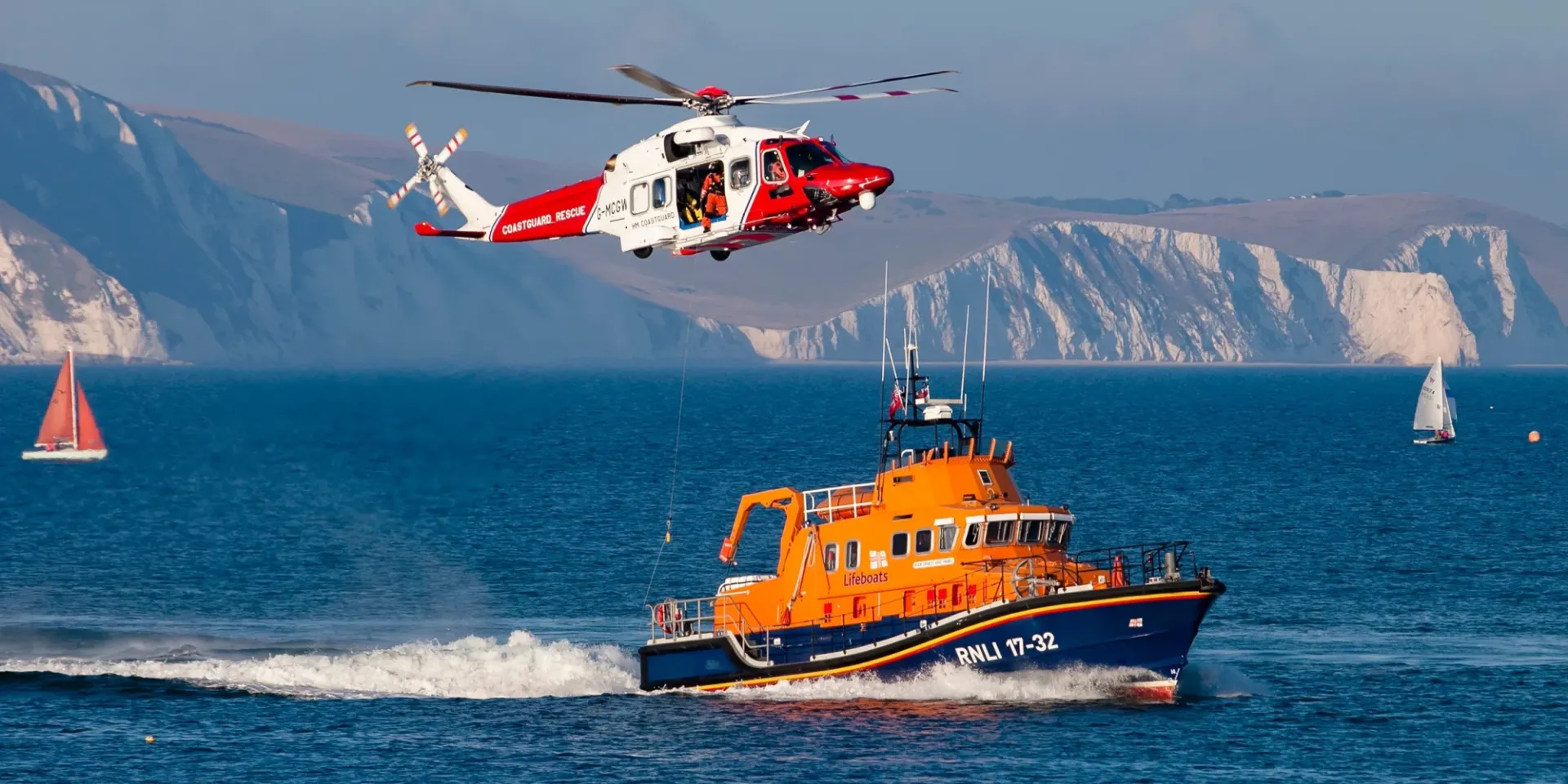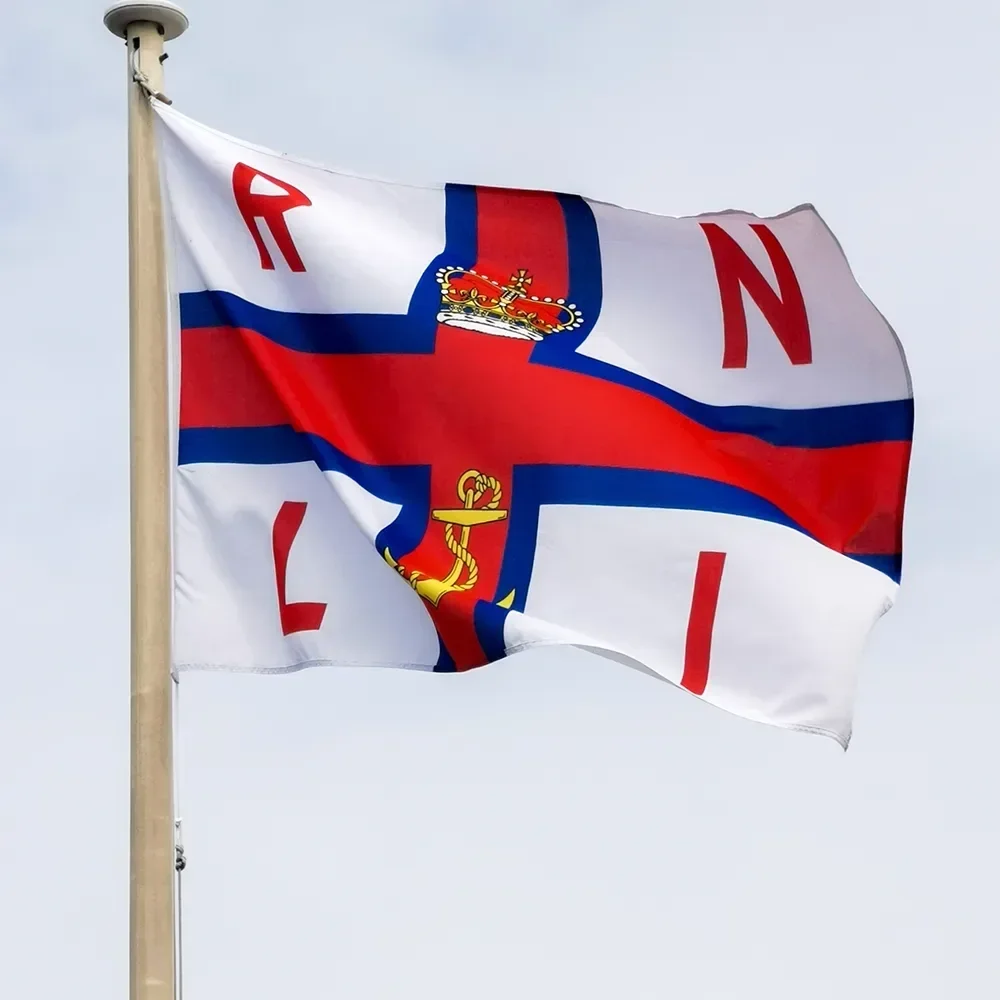
The solution
RNLI successfully transformed its lifeboat design and maintenance processes by digitizing 40,000+ engineering drawings using GTX technology. The shift to raster editing and digital archives ensured faster updates, improved accuracy, and better operational efficiency, directly contributing to lifeboat reliability and safety.

Royal National Lifeboat Institution: Future-proofing lifeboat design & maintenance
RNLI’s fleet required precise engineering updates, but paper-based archives made modifications slow. Implementing GTXRasterCAD®, RNLI streamlined drawing retrieval, raster editing, and automated vector conversion, ensuring lifeboat schematics are accessible, accurate, and ready for mission-critical maintenance.
The Royal National Lifeboat Institution (RNLI) is a charity-driven rescue organization that provides 24/7 emergency response for search and rescue missions up to 50 miles (80 km) off the coast of the United Kingdom and the Republic of Ireland. With a fleet of over 300 lifeboats and more than 6,000 annual launches, RNLI saves over 1,000 lives each year.
Managing lifeboat design and maintenance requires precision and efficiency, but RNLI struggled with legacy paper drawings—amounting to 40,000 technical documents. A digital transformation was needed to improve accessibility, updates, and long-term sustainability of lifeboat schematics.
Challenge
RNLI’s engineering office designs new lifeboats that must meet unique operational demands:
- Compact yet durable, capable of handling rough seas while reaching casualties.
- Equipped with navigation, communications, and survival gear.
- Self-righting in case of capsizing, ensuring crew safety.
With each lifeboat class—including the Trent and Severn, introduced in 1993, came individual modifications and accumulated paper-based documentation, making manual updates inefficient. Engineers needed a way to streamline maintenance, track design changes, and integrate past records seamlessly.
Solution
RNLI transitioned to a networked digital drawing system, integrating GTXRasterCAD® and AutoCAD® at its Poole, Dorset, headquarters.
- Wide-format scanners digitized legacy schematics from CADDS5/Formtek archives into TIFF files.
- GTXRasterCAD®’s Intelligent Object Picking (IOP) allowed engineers to edit raster files as if they were vector, eliminating unnecessary conversions.
- GTXRasterCAD PLUS® provided automatic raster-to-vector conversion for complex files.
Additionally, RNLI collaborated with Adris Ltd, a CAD systems supplier, to integrate GTX technology into their workflow, ensuring seamless design updates and efficient drawing management.
Result
By digitizing and integrating raster editing tools, RNLI:
- Modernized its lifeboat documentation, making updates faster and more cost-effective.
- Eliminated manual drafting inefficiencies, ensuring precision in lifeboat modifications.
- Integrated GTX into SAP systems, improving data accessibility and enhancing long-term rescue mission support.
"GTXRaster CAD® provides a very comprehensive and user-friendly environment for maintaining, editing, and updating our drawings - whether scanned or part of our legacy archive."
- David Wilson, RNLI CAD Manager